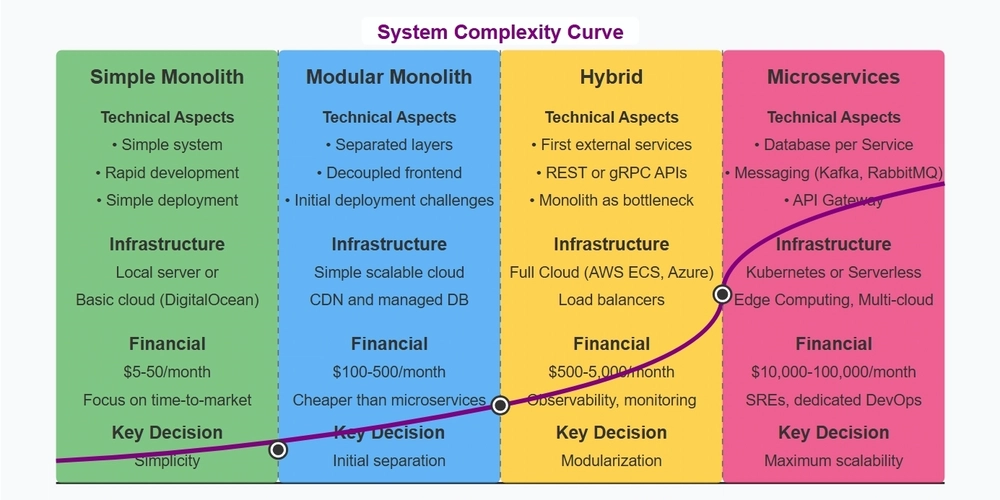Canon publicly discusses the US tariffs: "we will raise prices"
Image: Canon "We will raise prices and are in the process of estimating the timing and amount of the increase," said Canon, when asked about the impact of tariffs in the US. The response came to questions from analysts at the company’s Q1 financials announcement, with it becoming the first major manufacturer to publically discuss the impact with its investors. The company reduced its sales forecast for its camera business by ¥25.2BN ($177.4M) to ¥1,011BN ($7.1BN, a reduction of 2.4%), for the year, with the bulk of this reduction coming from changes in expected exchange rates. However, it also said it had accounted for some of the expected impacts of tariffs at a whole-company level, rather than on a per business group basis. Overall, it said it expected to sell 3M ILCs in 2025, up 6% on last year, with the ¥1,011BN sales estimate still representing a 7.9% increase over 2024. It says these forecasts are based on the assumption of a 10% tariff being imposed and the reduction of demand that would come from the necessary increase in US prices. The initial announcement called for a 24% tariff on Japanese imports, though the US government then announced a 90-day period at 10%, with negotiations ongoing. "We produce more products in Japan than other companies" “We will have an advantage in the field of cameras,” compared with its rivals, it said: “as we produce more products in Japan than other companies.” The US makes up around 25% of its camera business’s sales, but the company said that should be safe from the worst of the threatened tariffs, as all of its products made in China (which the US administration has said will be subject to 145% tariffs) are primarily sold to the Chinese domestic market. It says it has “about one or two months’ worth” of inventory already in the US, meaning prices are not expected to increase immediately – tariffs are charged when the good is imported. “We estimate that the impact of tariffs will mainly occur from the latter half of the year,” it says. The company also says it's monitoring ongoing negotiations to determine how they might affect its supply chain and that it will adjust production if necessary, but that "no decision has been made at this point regarding the restructuring of the supply chain due to the impact of tariffs." For now, Canon has assumed the impact will be localized to the US. “We assumed that there will be no impact on other regions,” is said. But: “if the tariff issue were to trigger a global recession, our assumptions will change.” However, while the tariffs are likely to hit US consumers, they could have an unexpected benefit for customers in other markets. “There are products such as cameras that are on backorder,” it said: “and even if we cannot ship them to the U.S., we believe that we can ship those products to other regions.” If you want to read more about how Canon is reacting to the tariffs, the subject is the main topic of discussion in the Q&A document it released alongside its earnings report.

 |
| Image: Canon |
"We will raise prices and are in the process of estimating the timing and amount of the increase," said Canon, when asked about the impact of tariffs in the US. The response came to questions from analysts at the company’s Q1 financials announcement, with it becoming the first major manufacturer to publically discuss the impact with its investors.
The company reduced its sales forecast for its camera business by ¥25.2BN ($177.4M) to ¥1,011BN ($7.1BN, a reduction of 2.4%), for the year, with the bulk of this reduction coming from changes in expected exchange rates. However, it also said it had accounted for some of the expected impacts of tariffs at a whole-company level, rather than on a per business group basis.
Overall, it said it expected to sell 3M ILCs in 2025, up 6% on last year, with the ¥1,011BN sales estimate still representing a 7.9% increase over 2024.
It says these forecasts are based on the assumption of a 10% tariff being imposed and the reduction of demand that would come from the necessary increase in US prices. The initial announcement called for a 24% tariff on Japanese imports, though the US government then announced a 90-day period at 10%, with negotiations ongoing.
"We produce more products in Japan than other companies"
“We will have an advantage in the field of cameras,” compared with its rivals, it said: “as we produce more products in Japan than other companies.”
The US makes up around 25% of its camera business’s sales, but the company said that should be safe from the worst of the threatened tariffs, as all of its products made in China (which the US administration has said will be subject to 145% tariffs) are primarily sold to the Chinese domestic market.
It says it has “about one or two months’ worth” of inventory already in the US, meaning prices are not expected to increase immediately – tariffs are charged when the good is imported. “We estimate that the impact of tariffs will mainly occur from the latter half of the year,” it says. The company also says it's monitoring ongoing negotiations to determine how they might affect its supply chain and that it will adjust production if necessary, but that "no decision has been made at this point regarding the restructuring of the supply chain due to the impact of tariffs."
For now, Canon has assumed the impact will be localized to the US. “We assumed that there will be no impact on other regions,” is said. But: “if the tariff issue were to trigger a global recession, our assumptions will change.”
However, while the tariffs are likely to hit US consumers, they could have an unexpected benefit for customers in other markets. “There are products such as cameras that are on backorder,” it said: “and even if we cannot ship them to the U.S., we believe that we can ship those products to other regions.”
If you want to read more about how Canon is reacting to the tariffs, the subject is the main topic of discussion in the Q&A document it released alongside its earnings report.








































































